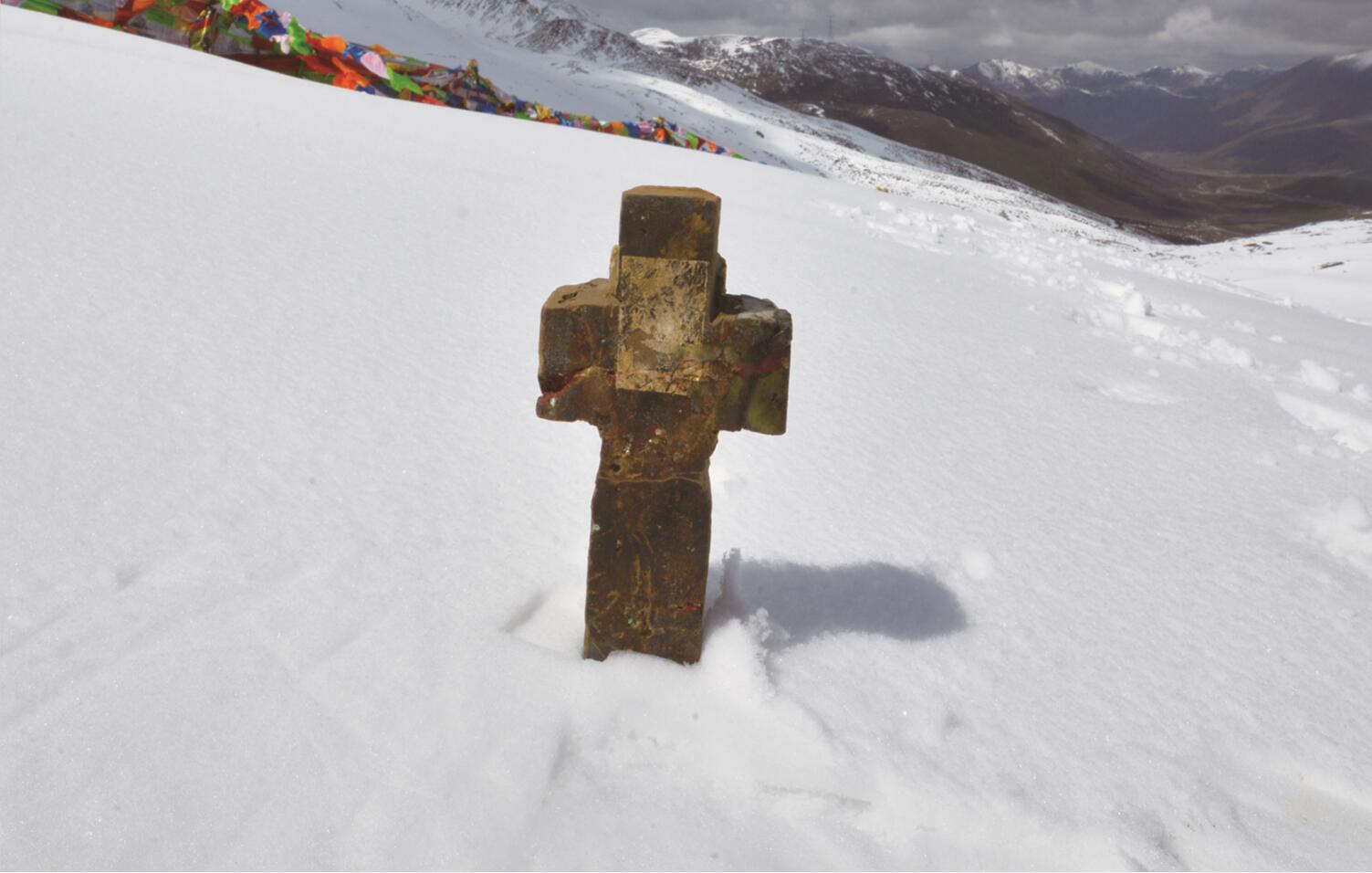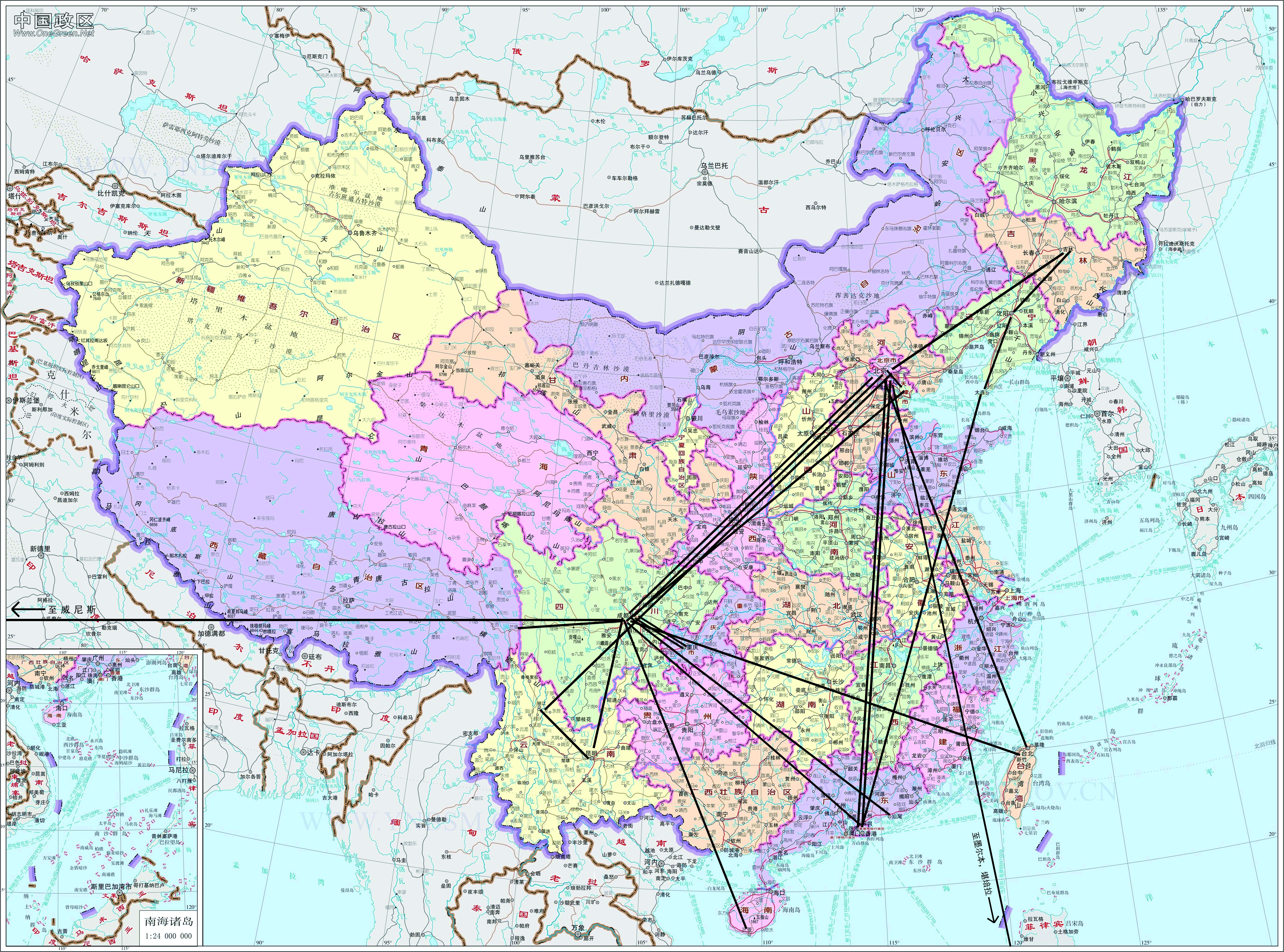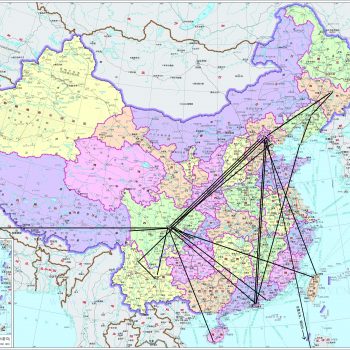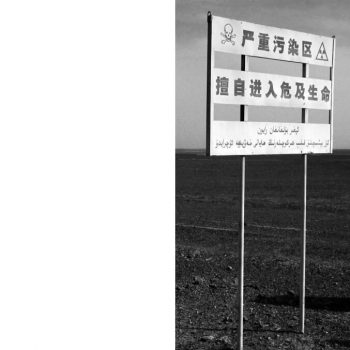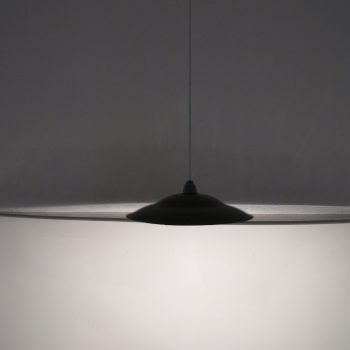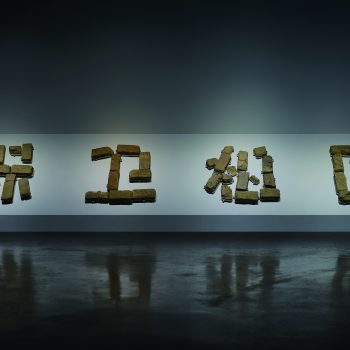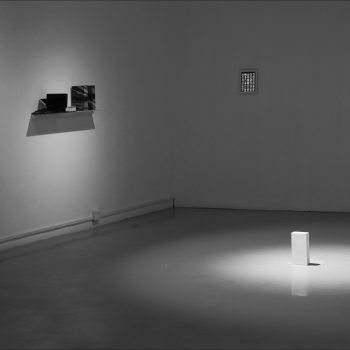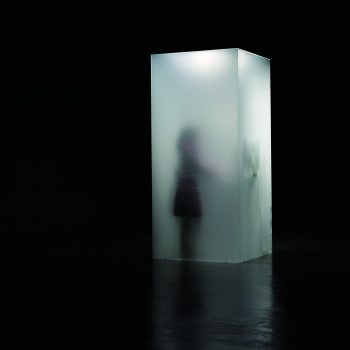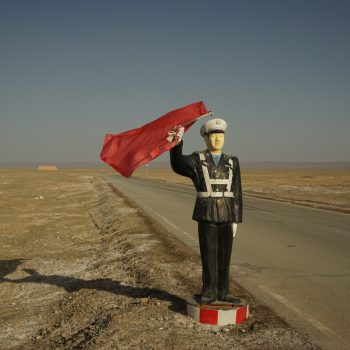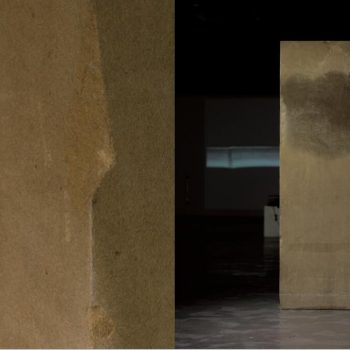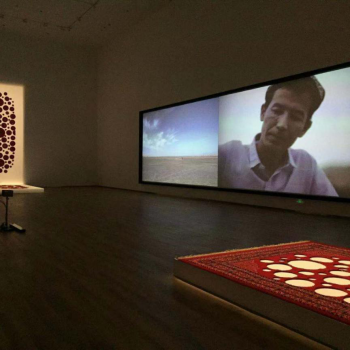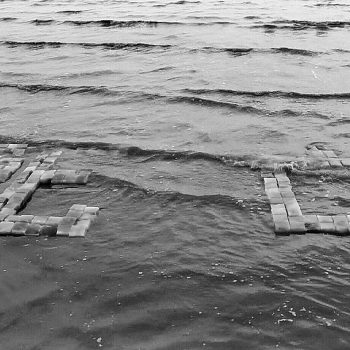Wukan Protests
Reference comes to the mass movement that happened in Lufeng, a city under the jurisdiction of Shanwei, Guangdong, PRC in 2011, when Wukan Protests is mentioned. It can be traced back to the under-the-counter deal initiated by the local village committee, which escalated into a conflict between the villagers and the local governments (Shanwei and Lufeng) after scores of futile appealing within two years. On Sep. 21, 2011, about three or four thousands of residents of Wukan, the village belongs to Donghai Sub-district flocked to the government building and police station of Lufeng. Despite promise from the government, no substantial settlement was reached. The exasperated villagers demonstrated and even fought the police. Then, temporary villager delegation council of Wukan was organized by the villagers spontaneously, and under the arrangement of the council, demonstration took place every day from Dec. 9 in front of Xianweng Stage in the vicinity of the village committee. Confrontation between the police and the villagers was staged for a long time since the first time conflict occurred in front of the government building of Lufeng between the demonstrators and the police.
Notwithstanding the root, the under-the-counter deal of land as villagers protested, the government of Shanwei judged the incident as “certainly related to and exacerbated by foreign organizations, forces and medias” on Dec. 9, and had, on the same day, arrested Xue Jinbo and other four villagers. Xue Jinbo was found dead after three days in detention. As to the cause of the death, the official autopsy results and the opinion of Xue’s family members widely diverged. These two incidents infuriated the villagers and brought Wukan Protests to the international media.
On Dec. 20, the ice breaker comes when a governmental representative appeared in the village with the purpose to negotiate with the temporary villager delegation council. When the negotiation was going, a work team under the lead of Zhu Mingguo, the vice secretary of CPC Guangdong Committee, was appointed for the whole incident. Then, the work team recognized the legal status of the council and declared not to hold the aggressive act of the villagers, as well as promised to release the villagers detained and arranged for another autopsy on Xue Jinbo. Just on the next evening, road barriers were removed by the both sides and the everyday demonstration was ended. Two days later, Zhu Mingguo visited the village with welcome from the villagers and three of the detained were set free, and the confrontation ended.
On Feb. 1 of the following year, the election committee was appointed on a one-villager-one-vote basis to comprise 11 members. On Feb. 11, villager delegates were elected by secret ballot. And 109 villagers were appointed as heads of seven villager groups. On Mar. 3 and Mar. 4, the committee members and seven villager group delegates were elected in the same way. All those named as trouble makers by the government and demonstration organizers were elected as committee members. The whole course of these elections was open to the media, and was supervised by the government representatives and works.
Excerpted from Wikipedia as updated at 07:50, Oct. 3, 2012. (With necessary deletion).
Click for more details: http://en.wikipedia.org/wiki/Wukan_protests
(A Brick of Wukan)
* Wukan is the place name of a village in Guangdong, and the Chinese Characters which composed this place name could be interpreted as the Gate of Utopia.
After “Wukan Protests”, which took place on Feb. 19, 2012, Li Yongzheng entrusted two net friends “@Xiong Wei – New Enlightenment” and “@Wukan Chicken Extract”, who represented residents in Wukan, Guangdong, made two bricks in Chengdu with clay from Wukan. Of the two bricks, one was contributed to the library recently built up in Wukan, and the other was passed among volunteers recruited via the microblog. Since June 21, 2012 when the brick was mailed to the first volunteer by Li Yongzheng, it has travelled the most parts of China by express mail through hands of dozens of people. Since the activity was set going, the microblog was employed by volunteers for recording and releasing relative information. Up to now, the travel has shown no hint of slowing down.
The process and track of the passing, information which the participants sent to the artist, and all re-creation, support, controversy and derivation evoked by this work on internet are integral parts of this work, to be unveiled later in the form of exhibition or publication.
With the march of time, the continuance of the passing complicated the work in its signification and contents.
Brick Relay
On Feb. 19, 2012, via Sina microblog, Li Yongzheng entrusted “@Xiong Wei – New Enlightenment” to mail him the clay of Wukan Village, Lufeng City, Guangdong. The clay was received in Chengdu in the forenoon of Mar. 5, 2012.
On Mar. 10, the clay collected from the field of Chengdu was added, and the brick embryo was created under the guidance of Li Yongpeng.
On Apr. 2, 2012, the fully-dried brick embryo was sent to Zhiying Brick Factory at Shiti Village, Yuantong Town, Chongzhou City, Chengdu.
On May 20, 2012, the brick finished baking, and was burnished again.
In Mar. 2012, Li Yongzheng used the microblog to recruit volunteers, who agreed to accept the brick by express mail, to find the next volunteer via microblog or other internet platform and pass on the brick to him/her with express mail.
Information published by volunteers about the Brick Relay along with all comments and forwarding, all adding to the work A Brick of Wukan.
On June 24, 2012, Li Yongzheng mailed the brick to @Lianghong in Shenzhen. Now, the brick is still on the relay.
Welcome to join the Brick Relay.
Mar. 3, 2013
Translated by Sophia Kidd
